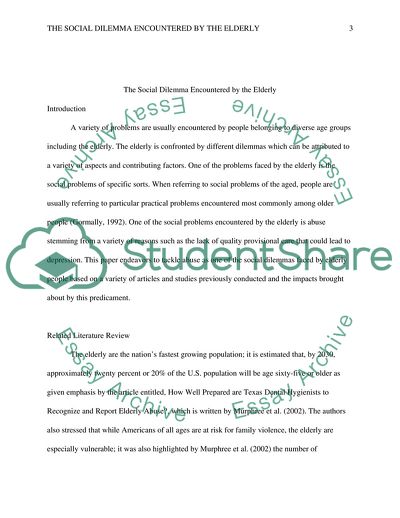Cite this document
(The Social Dilemma Encountered by the Elderly Term Paper, n.d.)
The Social Dilemma Encountered by the Elderly Term Paper. https://studentshare.org/social-science/1763718-gerontology
The Social Dilemma Encountered by the Elderly Term Paper. https://studentshare.org/social-science/1763718-gerontology
(The Social Dilemma Encountered by the Elderly Term Paper)
The Social Dilemma Encountered by the Elderly Term Paper. https://studentshare.org/social-science/1763718-gerontology.
The Social Dilemma Encountered by the Elderly Term Paper. https://studentshare.org/social-science/1763718-gerontology.
“The Social Dilemma Encountered by the Elderly Term Paper”. https://studentshare.org/social-science/1763718-gerontology.


